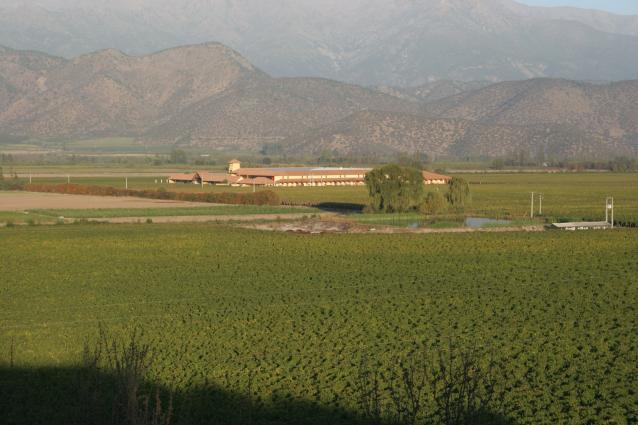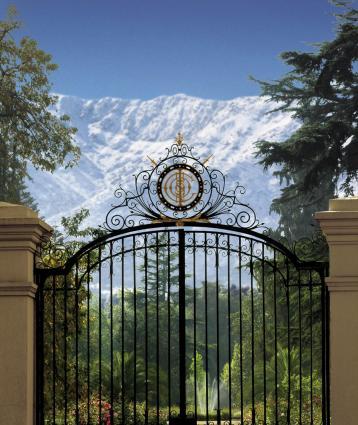Cousiño-Macul Classic Chardonnay
Cousiño-Macul Classic Chardonnay
Cousiño Macul was one of the first Chilean vineyards to produce Chardonnay. The vines were originally established in Maipo valley, with cuttings brought from the region of Burgundy in France at the end of the XIX Century. As time went by, the vineyard defined two different styles of Chardonnay. Our Antiguas Reservas partially fermented and aged in barrels, and this unoaked Chardonnay, that corresponds to a fresh and fruity style.
Wine Production
The fruit was harvested during the last days of March. The must was slowly fermented in small stainless steel tanks at 14-15°C (57-59 °F) during 20 days. Several strains of yeast were used to obtain varied and complex aromas during fermentation. Once the wine was dry, it matured in stainless steel tanks for three months, then clarified, stabilized at low temperatures and bottled.
Tasting Notes
Golden with greenish rims. This wine presents interesting fresh aromas like melon, banana candy and subtle notes of tomato leaf, tropical fruits and green apple. In mouth, it presents a very refreshing acidity and a persistent frutal sensation, confirming the aromas and showing a great equilibrium.
Food Pairing
This wine combines very wll with cold or warm marine preparations such as Pasta with seafood sauce, salmon with papas gratin and parmesana seafood.
Cousiño Macul was one of the first Chilean vineyards to produce Chardonnay. The vines were originally established in Maipo valley, with cuttings brought from the region of Burgundy in France at the end of the XIX Century. As time went by, the vineyard defined two different styles of Chardonnay. Our Antiguas Reservas partially fermented and aged in barrels, and this unoaked Chardonnay, that corresponds to a fresh and fruity style.
Wine Production
The fruit was harvested during the last days of March. The must was slowly fermented in small stainless steel tanks at 14-15°C (57-59 °F) during 20 days. Several strains of yeast were used to obtain varied and complex aromas during fermentation. Once the wine was dry, it matured in stainless steel tanks for three months, then clarified, stabilized at low temperatures and bottled.
Tasting Notes
Golden with greenish rims. This wine presents interesting fresh aromas like melon, banana candy and subtle notes of tomato leaf, tropical fruits and green apple. In mouth, it presents a very refreshing acidity and a persistent frutal sensation, confirming the aromas and showing a great equilibrium.
Food Pairing
This wine combines very wll with cold or warm marine preparations such as Pasta with seafood sauce, salmon with papas gratin and parmesana seafood.
Brand Materials
Vineyard & Production Info
Winemaking & Aging
Analytical Data
About the Vineyard
Season 2015-2016 had uncommon climate conditions. The main aspects were a cold spring, which delayed the ripening of the grapes, and intense rainfall in the harvest period decreasing the yield in our vineyards. Nevertheless, our winemaking team managed the situation very well and got wines of excellent quality, representative of each variety and origin. According to these conditions, our wines have a good natural acidity, whites are fresh with lower alcohol levels and reds are elegant with very present floral and fruit notes.






